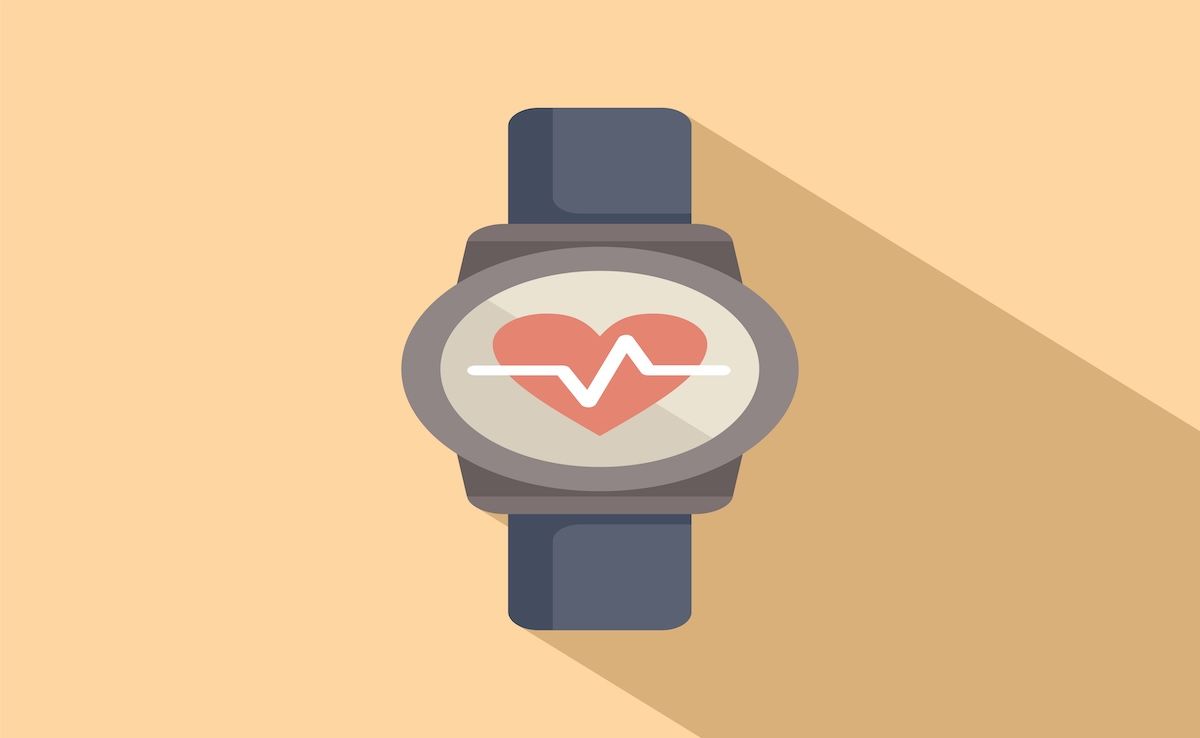Article
Machine Learning-Based Approach to CMR Imaging Analysis Proves Beneficial for PAH Diagnosis
Author(s):
The approach, the researchers say, allows for rapid and accurate diagnosis of pulmonary arterial hypertension (PAH) by analyzing cardiac magnetic resonance (CMR) images without manual image segmentation.
Leveraging a machine learning-based technique to analyze cardiac magnetic resonance (CMR) images has potential as a diagnostic approach for pulmonary arterial hypertension (PAH), researchers have shown for the first time.
The approach, they say, allows for rapid and accurate diagnosis of PAH by analyzing CMR images without manual image segmentation. As PAH is underdiagnosed, the approach may offer a way to improve diagnostic rates, subsequently improving outcomes.
Standard CMR imaging allows for the assessment of a large amount of characteristics in a single examination and has proven superior to echocardiography when it comes to volumetric assessment of the right ventricle. However, challenges with CMR remain, explained the researchers, who compared standard CMR imaging analysis with the abilities of multilinear subspace learning, a tensor-based machine learning approach.
“Success of a machine learning diagnostic approach could improve standardization and diagnostic rates, particularly in less experienced centres,” they wrote. “Even in experienced centres, machine learning may allow a more focused, enhanced, and standardized assessment by considering computer learnt diagnostic features alongside expert interpretation of the images.”
To test out the utility of the tensor-based machine learning approach, the researchers drew on data from the ASPIRE registry, from which they identified 220 untreated patients who were referred for standard CMR measurements.
Comparing the 2 techniques, the researchers observed that the diagnostic accuracy of the machine learning approach was high and slightly higher compared with standard CMR metrics, as determined by the area under the curve at receiver operation characteristic analysis.
“The diagnostic utility of the machine learnt image and temporal features was marginally higher than that of time-consuming, manually drawn diagnostic CMR measurements used in PAH, with comparable variations in confidence intervals,” wrote the researchers. “However, the proposed machine learning workflow has much lower cost and much less variability than the manual segmentation-based indices produced by PH imaging experts at a specialist centre.”
Notably, the tensor-based machine learning approach was able to diagnose patients within 10 seconds, compared with the average 10 to 15 minutes it takes to manually analyze CMR images.
According to the researchers, learnt features were visualized in feature maps corresponding to cardiac phases, confirming known diagnostic features of PAH while also identifying potentially new diagnostic features. These identified features were most often observed in the region of the interventricular septum for short-axis imaging, and four-chamber analysis was also highly diagnostic for PAH.
Reference
Swift A, Lu H, Uthoff J, et al. A machine learning cardiac magnetic resonance approach to extract disease features and automate pulmonary arterial hypertension diagnosis. Sci Rep. Published online January 19, 2021. doi: 10.1038/s41598-020-79254-6





